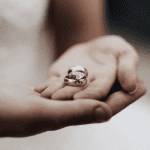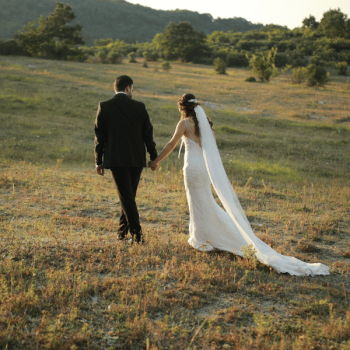
Action Step #4: Don’t consistently avoid things that could become big
Let’s return to the discussion of looking out for the “little foxes” that could eventually destroy the vineyard. There is a huge difference between being willing to let some things go, and having a pattern of avoiding things that really do need to be addressed. As you can imagine, avoidance can lead to a damaging unhappiness over time as unresolved problems build up. The key, the Highly Happy couples said, is to be both willing to address issues that need to be resolved if you or your spouse honestly feels that it is necessary, and willing to label some things as less important and able to be let go for the sake of peace.
Many happy couples emphasized that being quick to let things go is not the same thing as never disagreeing in the first place. One happy husband married almost 50 years told me:
We aren’t afraid to disagree. But it is so important to say you don’t have to get to agreement on everything. It’s almost like I used to be in competition to win! But part of loving my wife is that I don’t want to hurt the person I love. And I was hurting her. Agreeing to disagree changed that completely.
As a summary of how to know when to agree to disagree, and when not to, the happy couples commonly suggested a few tactics:
- When you would have otherwise argued a point or forced something to be done differently, ask yourself, “Is getting my way or being right on this more important than the happiness of my spouse or peace in my marriage?” If not, experiment with calling it “minor” by comparison, letting it go, and seeing what happens.
- As one husband suggested, “Ask yourself, ‘in light of eternity, is this point I’m arguing really going to matter?’ Sometimes, it might. But more often than not, that puts it in perspective pretty quick.”
- One woman said, “Think about your own issues that you’re asking your spouse to accommodate and let go of. That will help you come into it knowing that it’s not about resolving the issue by deciding who was wrong and right, but by realizing BOTH were wrong and right. And then you can reflect on what you could have done differently, too.”













